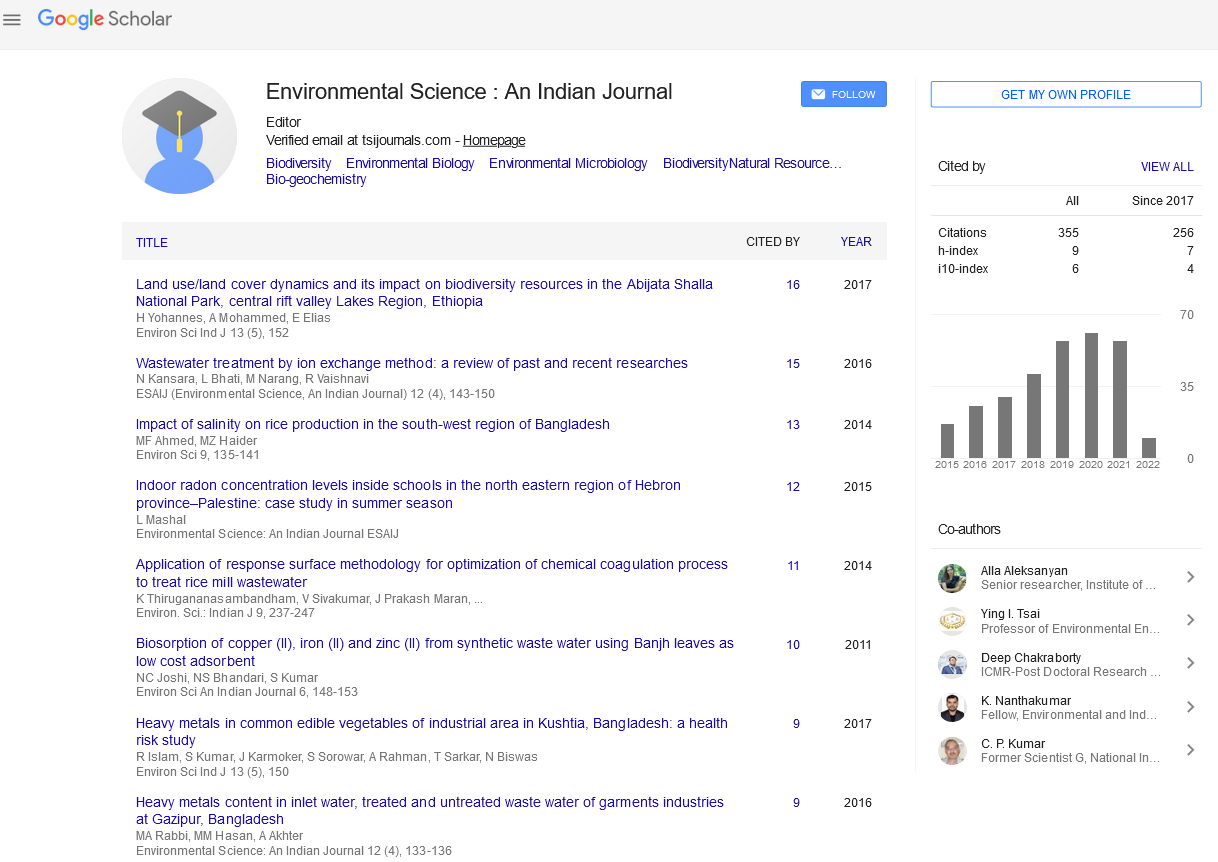Abstract
Multi-residue study of pesticides in cocoa beans produced from Ghana using multivariate analysis
Author(s): Samuel K.Frimpong, Samuel B.Dampare, Philip O.Yeboah, John J.Fletcher, Dickson Adomako, John PwamangMulti-residue levels of pesticides were determined in 44 distinct fermented dried cocoa beans samples collected from two cocoa beans storage warehouses located in Tema and Takoradi; cities inGhana fromNovember, 2010 to January, 2011. The main objective of this studywas to evaluate, in the first place, the relationship between the levels of the pesticides in fermented dried cocoa beans, and then identify their mutual concentration dependence to identify their source. To achieve this, residue data obtained from gas chromatography mass spectrometry analysis of cocoa beans was subjected tomultivariate analysis; specifically principal component analysis and cluster analysis. The extracting solvent was a pesticide grade acetonitrile, with two solid phase extraction clean-up cartridges; bond Elut C18 and Envi-carp/LC-NH2 cartridges used for extract clean-up. The targeted compounds include but not limited to Beta-HCH, Alpha- Endosulfan, Endrin, p,pÂ’-DDD, Dimethoate, Chlorpyrifos, Allethrin, Bifenthrin, Fenvalerate, Cyfluthrin, and Cypermethrin.Multivariate analysis of the residue data on fermented dried cocoa beans in R-mode and Q-mode grouped the detected pesticides into current use, previously used, run-off and drift from neighbouring crops pesticides applications. It also grouped sampled cocoa beans into four major clusters based on similarities in crop storage and agricultural farming practices. Fromthe results, it was realized that future pesticides residues monitoring could be design to save cost, by selecting only marker pesticides from each identified groupings.

